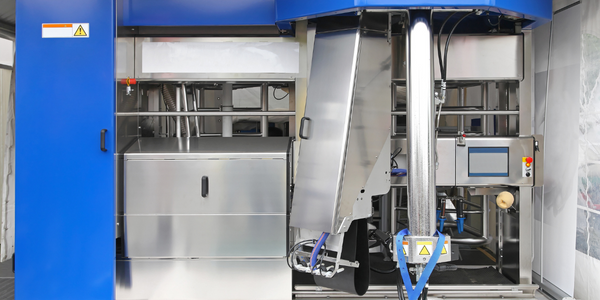公司规模
SME
地区
- America
国家
- United States
产品
- E2 Inventory Management
技术栈
- Quickbooks
- E2
实施规模
- Enterprise-wide Deployment
影响指标
- Productivity Improvements
- Cost Savings
技术
- 功能应用 - 库存管理系统
适用行业
- 农业
适用功能
- 仓库和库存管理
- 离散制造
用例
- 库存管理
服务
- 系统集成
- 软件设计与工程服务
关于客户
Harvestco Fabricators 是一家位于华盛顿州艾伦斯堡的制造厂。他们为干草行业生产捆包挤压器和货物夹。由于公司内部有 10 名员工,并且农民行业依赖他们的产品,因此他们每次都必须准时完成任务。直到两年前,Harvestco 还使用 Quickbooks 来管理会计和库存。然而,他们发现 Quickbooks 无法提供他们所需的实时库存跟踪,导致调度和现金流出现问题。
挑战
Harvestco Fabricators 是华盛顿州艾伦斯堡的一家制造工厂,它面临着制造业的一个常见问题。他们会按照计划和流程开始工作,并确信自己拥有在截止日期前完成工作所需的所有材料。然而,他们经常会在工作进行到一半时发现库存数量错误,导致生产暂停,直到订购新零件。这个问题严重影响了他们的计划和现金流。Harvestco 使用 Quickbooks 来管理他们的会计和库存,但发现它无法提供他们所需的实时库存跟踪。
解决方案
Harvestco 在 E2 中找到了解决方案,该软件可以与 Quickbooks 无缝集成,并提供实时库存透明度。他们之所以选择 E2 而不是其他软件包,是因为它与 Quickbooks 无缝集成,并且能够提供实时库存透明度。据 Harvestco 的 Kyle Peckham 称,该软件易于使用且可预测,一旦习惯了系统,就不会出现任何意外。他还称赞了 E2 背后的公司 Shoptech 的服务水平,并表示他们随时可以提供帮助解决任何问题。
运营影响

Case Study missing?
Start adding your own!
Register with your work email and create a new case study profile for your business.
相关案例.
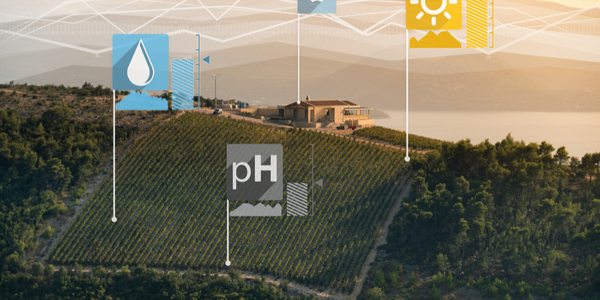
Case Study
Intelligent Farming with ThingWorx Analytics
Z Farms was facing three challenges: costly irrigation systems with water as a limited resource, narrow optimal ranges of soil moisture for growth with difficult maintenance and farm operators could not simply turn on irrigation systems like a faucet.
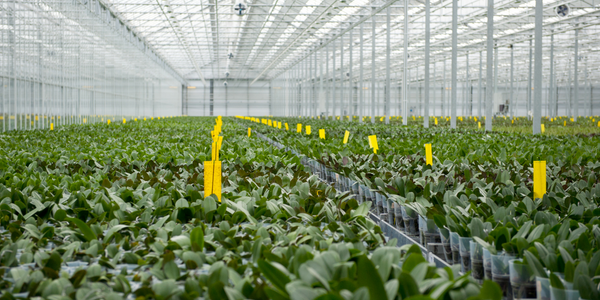
Case Study
Greenhouse Intelligent Monitoring and Control Solution
Farming Orchids is the most successful form of precision farming in Taiwan, and also the most exported flower. Orchids need a specific temperature and humidity conditions to grow and bloom, and its flowering time may not be in line with market demands, so the price collapses when there is overproduction. Therefore, some farmers began to import automated greenhouse control systems for breeding and forcing, which not only improves quality, but also effectively controls the production period and yield to ensure revenue. In 2012, an orchid farmer built a Forcing Greenhouse of about 200 pings (approximately 661 Square Meters) in Tainan, Taiwan. The system integrator adopted Advantech’s APAX-5000 series programmable automation controllers to build the control platform, coupled with Advantech WebAccess HMI/SCADA software, to achieve cloud monitoring. The staff of the orchid field can monitor important data anytime via smart phone, iPad, and other handheld devices, and control the growth and flowering conditions. System requirements: In the past, most environmental control systems of orchid greenhouses in Taiwan used PLCs (Programmable Logic Controller) with poorscalability and control, and could not be connected to the Internet formonitoring from the cloud. For advanced database analysis and networking capability, the PC platform must be adopted. Therefore, PAC Systems (Programmable Automation Controller) with both PLC programming capabilities andPC functions is a better choice.The environmental control of the Orchid greenhouse switches on and off devices like fan, shade net, cooling/heat pump, liquid flow control, water-cooling wall etc. It is controlled by a control panel of electric controllers, and is driven by a motor, to adjust the greenhouse temperature, humidity, and other environmental conditions to the set parameters.
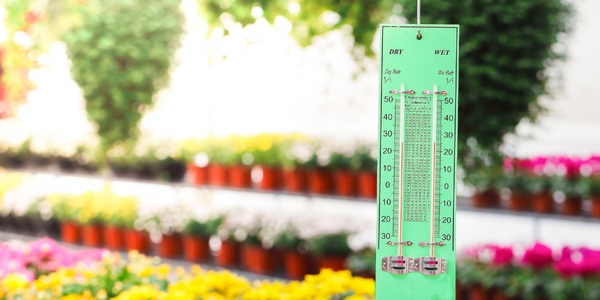
Case Study
Precision beekeeping with wireless temperature monitoring
Honeybees are insects of large economic value and provide a vital service to agriculture by pollinating a variety of crops. In addition, bees provide us with valuable products such as honey, beeswax, propolis, bee venom, etc. Monitoring of honeybee colony health, population, productivity, and environmental conditions affecting the colony health have always been exceedingly difficult tasks in apiculture. Research has shown that even small deviations (by more than 2°C) from the optimal temperatures have a significant influence on the development of the brood and the health of adult bees.
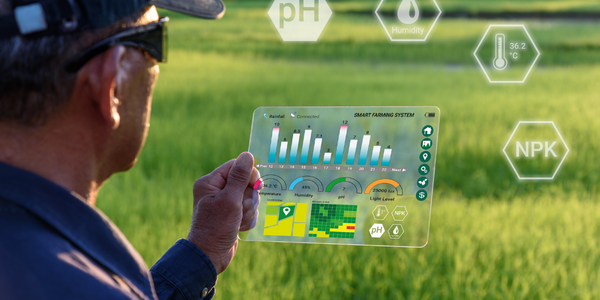
Case Study
Enabling Internet of Things Innovation in Agriculture
DigiBale, wanted to apply technology know-how and IP from implementations successfully to more agriculture sectors including cotton, forestry, sugarcane and cattle. However, farmers and growers still have worries about the connected technology.








